Home>Garden Essentials>What Is Direct Sowing Of Seeds
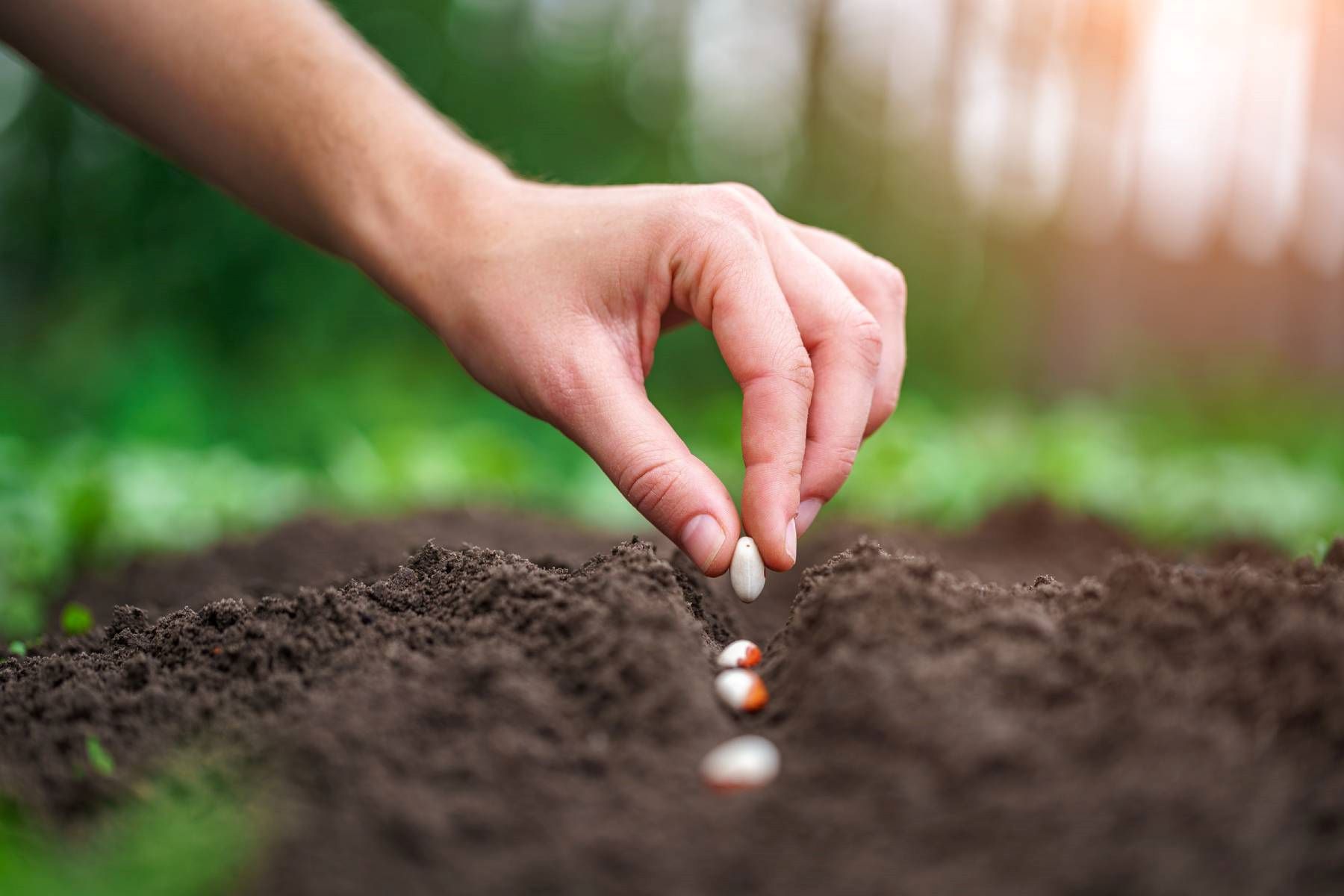

Garden Essentials
What Is Direct Sowing Of Seeds
Modified: March 16, 2024
Discover the benefits and techniques of direct sowing seeds in your garden. Start growing healthy and vibrant plants with this efficient gardening method.
(Many of the links in this article redirect to a specific reviewed product. Your purchase of these products through affiliate links helps to generate commission for Storables.com, at no extra cost. Learn more)
Introduction
Gardening is a fulfilling and therapeutic activity that allows individuals to connect with nature and witness the beauty of plants and flowers firsthand. One of the key elements of successful gardening is starting with healthy and robust plants. While many gardeners opt for purchasing seedlings from nurseries or starting seeds indoors, another method that is gaining popularity is direct sowing.
Direct sowing involves planting seeds directly into the ground where they are intended to grow, rather than starting them indoors and transplanting them later. This method can be used for a wide variety of plants, including vegetables, flowers, and herbs. It offers several unique benefits and can be a convenient and efficient way to establish a garden.
In this article, we will explore what direct sowing is and delve into its advantages and disadvantages. We will also discuss the factors to consider before opting for direct sowing, along with the necessary tools and steps for successful direct sowing. Additionally, we will provide tips for maintaining direct sown seeds and highlight common mistakes to avoid. By the end of this article, you will have a comprehensive understanding of direct sowing and be equipped to incorporate this technique into your garden.
Key Takeaways:
- Direct sowing is a cost-effective and time-saving method of planting seeds directly in the ground, promoting stronger root development and natural adaptation to the environment.
- Before direct sowing, consider factors like climate, soil preparation, seed selection, timing, and watering to create an optimal environment for successful plant growth.
Read more: What Does Sowing Seeds Mean
Definition of Direct Sowing
Direct sowing, also known as direct seeding, is a gardening technique where seeds are planted directly into the soil or growing medium where they will eventually grow to maturity. Unlike starting seeds indoors in trays or pots, direct sowing eliminates the need for transplanting, allowing the seeds to germinate and develop in their permanent location.
This method is especially useful for plants that have sensitive root systems or do not transplant well. It can be used for a variety of plants, including vegetables, herbs, annuals, biennials, and even some perennials.
Direct sowing can be done in several ways, depending on the specific plant and its germination requirements. For small seeds, they can be scattered evenly across the prepared soil surface. Larger seeds may need to be individually spaced and planted. Some seeds require light for germination, while others need darkness. It is important to follow the recommended depth and spacing guidelines for each plant species to ensure optimal growth.
By planting seeds directly in the ground, gardeners can take advantage of the natural environmental conditions, such as sunlight, rainfall, and soil temperature, which can promote strong root development and overall plant vigor. Additionally, direct sowing allows plants to adapt to the specific conditions of the garden, including soil composition, sunlight exposure, and microclimate.
Direct sowing can be done in open fields, raised beds, containers, or even in specific areas designated for certain crops. It is a versatile technique that can be adapted to various gardening styles, from small-scale home gardens to larger agricultural operations.
Advantages of Direct Sowing
Direct sowing offers several advantages for gardeners, making it a popular choice for starting a garden. Let’s explore some of the key benefits of this technique:
- Cost-effective: Direct sowing is a cost-effective method of growing plants. By starting seeds directly in the ground, you eliminate the need to purchase seedlings from nurseries, which can be expensive. Additionally, since you are not using trays or pots for seed starting, you save money on gardening supplies.
- Time-saving: Direct sowing saves time in various ways. Firstly, you skip the time-consuming process of starting seeds indoors and the subsequent transplantation. Secondly, direct sowing allows plants to establish their root systems more quickly in their permanent location, leading to faster growth and maturity. This can be especially beneficial for plants with shorter growing seasons.
- Stronger root development: When plants are directly sown, their roots grow directly into the ground from the beginning. This promotes stronger and more extensive root development, leading to healthier and more resilient plants. Plants started indoors and transplanted may encounter root disturbance and potential damage during the transplantation process.
- Customization: Direct sowing allows gardeners to tailor the plant spacing and density according to their preferences and the specific requirements of each crop. This level of customization can optimize plant growth and maximize yield. It also gives you the flexibility to experiment with different planting patterns and layouts in your garden.
- Natural adaptation: When seeds are sown directly in the garden, the plants are exposed to the natural environmental conditions right from the start. They adapt to the soil type, sunlight exposure, and microclimate of the garden. This natural adaptation enables plants to become more resilient and better suited to their surroundings.
- Less transplant shock: Transplanting seedlings from indoor trays to the garden can sometimes cause transplant shock, resulting in stunted growth or even plant mortality. With direct sowing, there is no need for transplanting, eliminating the risk of transplant shock altogether.
These advantages highlight the practicality and effectiveness of direct sowing as a gardening technique. Whether you are a beginner or an experienced gardener, incorporating direct sowing into your gardening practices can streamline your gardening process and lead to successful plant growth.
Disadvantages of Direct Sowing
While direct sowing offers several advantages, it is important to consider its potential drawbacks as well. Understanding the limitations of this method can help you make informed decisions and address any challenges that may arise. Let’s explore some of the disadvantages of direct sowing:
- Weather-related risks: When seeds are sown directly in the ground, they are exposed to the unpredictability of the weather. Extreme temperature fluctuations, heavy rains, or prolonged droughts can impact seed germination and growth. It is important to monitor weather conditions and adjust your sowing schedule accordingly to minimize the risk of crop loss.
- Slower germination: Compared to starting seeds indoors, direct sowing can result in slower germination. In some cases, seeds may take longer to sprout due to variations in soil temperature, moisture levels, and other environmental factors. Patience and proper care are essential during this initial phase of growth.
- Thinning and spacing challenges: Direct sowing often requires thinning, which is the process of removing excess seedlings to ensure proper spacing and prevent overcrowding. It can be challenging to determine the ideal spacing and estimate the number of seedlings that will germinate. Thinning can be time-consuming and may result in some wastage of seeds.
- Potential for weed competition: When seeds are sown directly in the ground, there is a higher chance of weed competition. Weeds can sprout alongside the desired plants and compete for resources such as sunlight, water, and nutrients. Regular weeding and mulching can help minimize weed growth and maintain a healthy growing environment for your plants.
- Vulnerable to pests and diseases: Directly sown seeds and young seedlings can be more susceptible to pests and diseases. Without the protection of indoor environments, they are exposed to potential damage from insects, rodents, birds, and fungal or bacterial infections. Proper pest management and disease prevention measures are crucial to safeguard your plants.
Understanding and addressing these disadvantages can help you overcome challenges and maximize the success of your direct sowing endeavors. By carefully planning your garden, monitoring environmental conditions, and implementing appropriate protective measures, you can minimize the impact of these drawbacks and create thriving plants through direct sowing.
Factors to Consider Before Direct Sowing
Before embarking on direct sowing in your garden, it is important to take certain factors into consideration. These factors can greatly impact the success and outcome of your direct sowing efforts. Let’s explore the key considerations before engaging in direct sowing:
- Climate and Growing Season: The climate and the length of your growing season play a crucial role in determining which plants are suitable for direct sowing. Some plants require a longer growing season and may not have enough time to mature if directly sown in temperate or shorter growing season regions. Research the requirements of your chosen plant varieties to ensure they can thrive in your climate.
- Soil Preparation: Preparing the soil before direct sowing is important to provide a favorable growing environment for your plants. Remove any weeds, rocks, or debris from the planting area. Loosen the soil and incorporate organic matter, such as compost or well-rotted manure, to improve fertility and drainage. Conduct a soil test to determine pH levels and nutrient deficiencies for appropriate amendments.
- Seed Selection: Choose high-quality seeds from reputable sources for direct sowing. Consider factors such as germination rates, plant characteristics, disease resistance, and your specific gardening goals. Some plants may require stratification or scarification processes before direct sowing, so familiarize yourself with the seed requirements of each species.
- Timing: The timing of direct sowing is crucial for success. Consider the recommended planting time for each plant species, as well as your local climate and frost dates. Sowing too early can subject the seeds to unfavorable conditions, while sowing too late may not provide enough time for proper growth and maturity.
- Seed Depth and Spacing: Different plant species have specific requirements for seed depth and spacing. Ensure you follow the guidelines on the seed packet or reputable gardening resources to achieve optimal seedling development. Crowded plants can compete for resources and lead to stunted growth, while seeds sown too deep may struggle to sprout.
- Watering and Irrigation: Adequate watering is crucial for seed germination and seedling establishment. Provide consistent moisture during the germination phase, taking care not to oversaturate the soil. Once the seedlings have emerged, water deeply and less frequently to encourage strong root growth. Consider the availability of irrigation systems or the need for manual watering.
- Protection from Wildlife and Pests: Directly sown seeds and young seedlings are vulnerable to wildlife and pests. Take precautions to protect your garden from birds, squirrels, rabbits, and other animals that may disturb or eat the seeds. Implement organic pest control methods to deter insects and pests that could damage your plants.
Considering these factors before direct sowing will contribute to the overall success of your garden. By understanding the specific requirements of your chosen plants and proactively addressing potential challenges, you can create an optimal environment for your seeds to sprout and thrive.
When direct sowing seeds, make sure to prepare the soil by removing any debris and loosening the top layer. Follow the seed packet instructions for proper depth and spacing, and water gently after planting. Keep the soil consistently moist until the seeds germinate.
Read more: When To Sow Kale Seeds
Steps for Successful Direct Sowing
Direct sowing can be a rewarding and efficient method of starting a garden. To ensure successful germination and growth, it is essential to follow the proper steps. Here are the key steps for successful direct sowing:
- Prepare the soil: Begin by preparing the planting area. Remove any weeds, rocks, or debris and loosen the soil using a garden fork or tiller. Incorporate organic matter, such as compost or well-rotted manure, to improve soil fertility and drainage. Level the soil surface to provide an even planting bed.
- Read the seed packet: Carefully read the information on the seed packet or refer to reputable gardening resources for specific instructions about the plant’s needs. Note the recommended planting depth, spacing, and any special requirements such as scarification or stratification.
- Sow the seeds: Following the guidelines on the seed packet, sow the seeds at the appropriate depth and spacing. For small seeds, sprinkle them evenly over the soil surface and lightly press them into the soil. Larger seeds may need to be individually placed at the correct spacing. Avoid overcrowding to prevent competition for resources.
- Water the seeds: Gently water the sown area immediately after planting to ensure good seed-to-soil contact. Use a fine mist or a watering can with a rose attachment to avoid dislodging the seeds. Keep the soil consistently moist during the germination period. Be cautious not to overwater, as excessive moisture can lead to rot or fungal diseases.
- Provide proper care: Monitor the seeded area regularly and provide appropriate care. Keep an eye on soil moisture levels and water as needed. Remove any weeds that may emerge around the seedlings. Protect young plants from pests and wildlife by using netting, row covers, or deterrents.
- Thin the seedlings: Once the seedlings have emerged and developed their first true leaves, thin them if necessary. Follow the recommended spacing guidelines to allow adequate room for each plant to grow and access sunlight, water, and nutrients. Thinning is often necessary to prevent overcrowding and promote healthier growth.
- Monitor and maintain: Continuously monitor the growth of your direct-sown seeds and provide ongoing care. Regularly water, weed, and apply appropriate fertilizer if needed. Mulching can help conserve moisture, suppress weeds, and maintain consistent soil temperature.
- Observe and adjust: Observe the growth and development of your direct-sown plants and make adjustments as necessary. If certain seedlings are struggling, consider providing them with extra care or making changes to their growing conditions. Pay attention to the specific needs of each plant species and address any issues promptly.
By following these steps, you can increase the chances of successful germination and establish healthy, thriving plants through direct sowing. With proper care and attention, you will soon enjoy the fruits of your gardening efforts!
Necessary Tools and Equipment for Direct Sowing
Direct sowing requires a few essential tools and equipment to ensure a smooth and successful process. Having the right tools on hand will help you prepare the soil, sow the seeds properly, and provide appropriate care for your direct-sown plants. Here are the necessary tools and equipment for direct sowing:
- Garden Fork or Tiller: Use a garden fork or tiller to loosen the soil in the planting area. This will help improve soil aeration, drainage, and make it easier to remove weeds and rocks. These tools are especially useful for larger garden spaces.
- Garden Rake: A garden rake is essential for preparing the soil surface. Use it to level the soil and create a smooth planting bed after loosening the soil with a fork or tiller.
- Seed Packets: Choose high-quality seeds from reputable sources. Read the information on the seed packets to understand the specific requirements and recommendations for each plant variety. This will help you determine the appropriate planting depth, spacing, and any special instructions.
- Watering Can or Garden Hose: Water is vital for seed germination and seedling establishment. Have a watering can or garden hose with a gentle spray attachment on hand to provide water to the direct-sown area. Ensure the seeds and soil receive adequate moisture during the germination period and throughout the growing season.
- Hand Trowel: A hand trowel is a versatile tool that can be used for various tasks during direct sowing. It is handy for creating small holes or furrows for planting seeds, as well as for thinning seedlings when needed. Choose a sturdy and comfortable hand trowel for ease of use.
- Labeling Materials: Properly labeling your direct-sown plants is important for organization and identification. Use waterproof plant labels or create your own labels using weather-resistant materials. Labeling will help you keep track of the different plant varieties, their planting locations, and specific care instructions.
- Protective Materials: Depending on your garden’s conditions and potential threats, consider using protective materials such as netting, row covers, or fencing to safeguard your direct-sown seeds and seedlings from pests, birds, and wildlife.
- Garden Gloves: Protect your hands while working in the garden with a sturdy pair of garden gloves. They will help prevent blisters, cuts, and keep your hands clean when handling soil, plants, and gardening tools.
- Mulching Material: Consider using mulch around your direct-sown plants to help conserve moisture, suppress weeds, and regulate soil temperature. Organic mulch options include straw, wood chips, or compost. Apply mulch carefully, leaving space around the seedlings to prevent smothering.
Having these necessary tools and equipment readily available will make your direct sowing process more efficient and enjoyable. Invest in quality tools that are comfortable to use and will last for multiple seasons. With the right tools, you will be well-equipped to create a beautiful and productive garden through direct sowing.
Tips for Maintaining Direct Sown Seeds
After successfully direct sowing your seeds, it is important to provide proper care to ensure their healthy growth and development. Here are some valuable tips for maintaining direct sown seeds:
- Water regularly: Adequate watering is crucial, especially during the germination phase. Keep the soil consistently moist, but not waterlogged, to facilitate seed sprouting and early seedling growth. As the seedlings mature, adjust your watering routine by watering deeply and less frequently to encourage strong root development.
- Monitor for pests and diseases: Regularly inspect your direct sown plants for any signs of pests, insects, or diseases. Identify and address any problems promptly to prevent further damage. Utilize organic pest control methods and remove any affected plants or plant parts to protect the overall health of your garden.
- Weed regularly: Weeds can compete with direct sown plants for resources such as sunlight, water, and nutrients. Regular weeding is essential to maintain a weed-free environment and prevent weed overgrowth. Take care when weeding, ensuring not to disturb the delicate direct sown seedlings.
- Thin the seedlings: If your direct sown seeds have germinated densely, thinning is necessary to ensure proper spacing and prevent overcrowding. Follow the recommended spacing guidelines for each plant variety. Thinning allows the remaining seedlings to have sufficient space to grow and thrive, reducing competition for resources.
- Mulch to conserve moisture: Applying organic mulch around your direct sown plants helps to retain soil moisture, suppress weeds, and regulate soil temperature. Apply a layer of mulch, leaving some space around the stems of the seedlings to prevent rotting.
- Provide support for tall plants: Some direct sown plants, such as certain varieties of tomatoes or beans, may require support as they grow taller. Use stakes, trellises, or cages to provide support and prevent the plants from sprawling or breaking under their weight.
- Fertilize as needed: Assess the nutrient levels of your soil and provide additional fertilization as necessary. Use organic fertilizers or compost to nourish the plants. Follow the recommended application rates for each plant variety and avoid over-fertilization, which can lead to excessive vegetative growth or nutrient imbalances.
- Monitor and adjust: Continuously monitor the growth and progress of your direct sown plants. Observe their response to the environment, including changes in weather or pest pressures. Adjust your care routine accordingly, making any necessary changes to watering, pruning, or pest control methods.
- Harvest in a timely manner: Monitor your direct sown plants for the appropriate time to harvest. Follow the recommended harvest guidelines for each plant variety to ensure the best flavor, texture, and nutritional quality. Regularly harvesting encourages continuous growth and productivity.
By following these tips, you will maintain healthier and more productive direct sown plants. Proper care and attention throughout the growing season will result in a bountiful and successful garden.
Common Mistakes to Avoid in Direct Sowing
Direct sowing can be a rewarding and efficient method of starting plants in your garden. To ensure the best results, it’s important to avoid common mistakes that can hinder the success of your direct sowing efforts. Here are some of the common mistakes to avoid:
- Sowing seeds too deep: Planting seeds at the incorrect depth can lead to poor germination or weak seedlings. It’s essential to follow the recommended planting depth for each plant species. Planting too deep can prevent adequate access to light and oxygen, hindering seedling emergence.
- Overcrowding: When direct sowing, it’s important to provide enough space for each plant to grow properly. Overcrowding can lead to competition for resources like water, sunlight, and nutrients, resulting in stunted growth and lower yields. Follow the recommended spacing guidelines and thin seedlings if needed.
- Planting at the wrong time: Timing is crucial in direct sowing. Planting too early when soil temperatures are still too cold or too late when the growing season is too short can result in poor germination and plant growth. Refer to seed packets or local gardening resources to determine the optimal planting time for each plant variety.
- Underwatering or overwatering: Finding the right balance of moisture is crucial for seed germination and seedling development. Underwatering can lead to seeds not sprouting, while overwatering can cause damping-off disease or root rot. Regularly monitor soil moisture and water as needed, ensuring proper drainage to prevent waterlogged soil.
- Neglecting care after germination: Once seeds have germinated, it’s important to continue providing proper care. Neglecting seedlings by not watering consistently, not protecting from pests, or not providing appropriate support can lead to weak and unhealthy plants. Maintain a consistent care routine to ensure optimal growth.
- Failing to address weeds: Weeds can quickly compete with direct sown plants for resources, leading to reduced growth and productivity. Regularly weed the garden bed to prevent weed overgrowth and minimize competition. Be careful not to disturb the fragile seedlings while weeding.
- Not adjusting for site conditions: Each garden site has unique conditions, including sunlight exposure, soil composition, and microclimate. Failing to consider these factors before direct sowing can impact plant growth and survival. Choose plant varieties appropriate for your site conditions and adjust care practices accordingly.
- Skipping soil preparation: Proper soil preparation is instrumental in providing a favorable growing environment for your direct sown seeds. Skipping soil preparation can lead to poor drainage, nutrient deficiencies, and overall plant stress. Take the time to remove weeds, loosen the soil, and incorporate organic matter before sowing seeds.
- Ignoring pest and disease management: Pests and diseases can wreak havoc on direct sown plants if not addressed promptly. Ignoring pest and disease management can lead to damaged plants or even crop failure. Regularly monitor your garden for signs of pests and diseases, and implement appropriate organic management techniques.
- Failing to observe and adapt: Gardening is a dynamic process, and it’s important to observe your direct sown plants and make adjustments when necessary. Failing to observe and adapt to changing conditions, pests, or growth patterns can hinder the overall success of your garden. Stay vigilant and make necessary changes to care practices as needed.
By avoiding these common mistakes, you will increase your chances of success with direct sowing. Taking the time to properly prepare, care for, and observe your direct sown plants will lead to healthier and more productive gardens.
Read more: When To Sow Lupine Seeds
Conclusion
Direct sowing is a popular and practical method of starting plants directly in the garden without the need for transplanting. This technique offers numerous advantages, including cost-effectiveness, time-saving, stronger root development, customization, natural adaptation, and reduced transplant shock. By understanding the benefits and drawbacks of direct sowing, you can make informed decisions and employ appropriate care practices for the success of your garden.
Prior to direct sowing, it is important to consider factors such as climate, soil preparation, seed selection, timing, seed depth and spacing, watering, protection from pests, and wildlife. By addressing these factors effectively, you can create an optimal environment for your direct sown seeds to thrive.
To ensure successful direct sowing, it is crucial to follow the proper steps, including soil preparation, reading seed packets, sowing seeds at the correct depth and spacing, watering adequately, providing care, thinning seedlings if needed, and observing and adjusting as necessary.
Equipping yourself with the necessary tools and equipment, such as a garden fork or tiller, garden rake, watering can or hose, hand trowel, labeling materials, and protective materials, will facilitate the direct sowing process and help maintain the health and growth of your plants.
To maintain direct sown seeds effectively, it is important to water regularly, monitor for pests and diseases, weed consistently, thin seedlings when necessary, mulch to conserve moisture, provide support for tall plants, fertilize as needed, and harvest in a timely manner.
It is also crucial to avoid common mistakes, such as sowing seeds too deep, overcrowding, planting at the wrong time, inadequate watering, neglecting care after germination, failing to address weeds, ignoring site conditions, skipping soil preparation, neglecting pest and disease management, and failing to observe and adapt.
In conclusion, direct sowing is a valuable technique for starting and growing a successful garden. With proper planning, care, and attention, you can enjoy the benefits of direct sowing and witness the beauty and productivity of your direct sown plants. Happy gardening!
Frequently Asked Questions about What Is Direct Sowing Of Seeds
Was this page helpful?
At Storables.com, we guarantee accurate and reliable information. Our content, validated by Expert Board Contributors, is crafted following stringent Editorial Policies. We're committed to providing you with well-researched, expert-backed insights for all your informational needs.
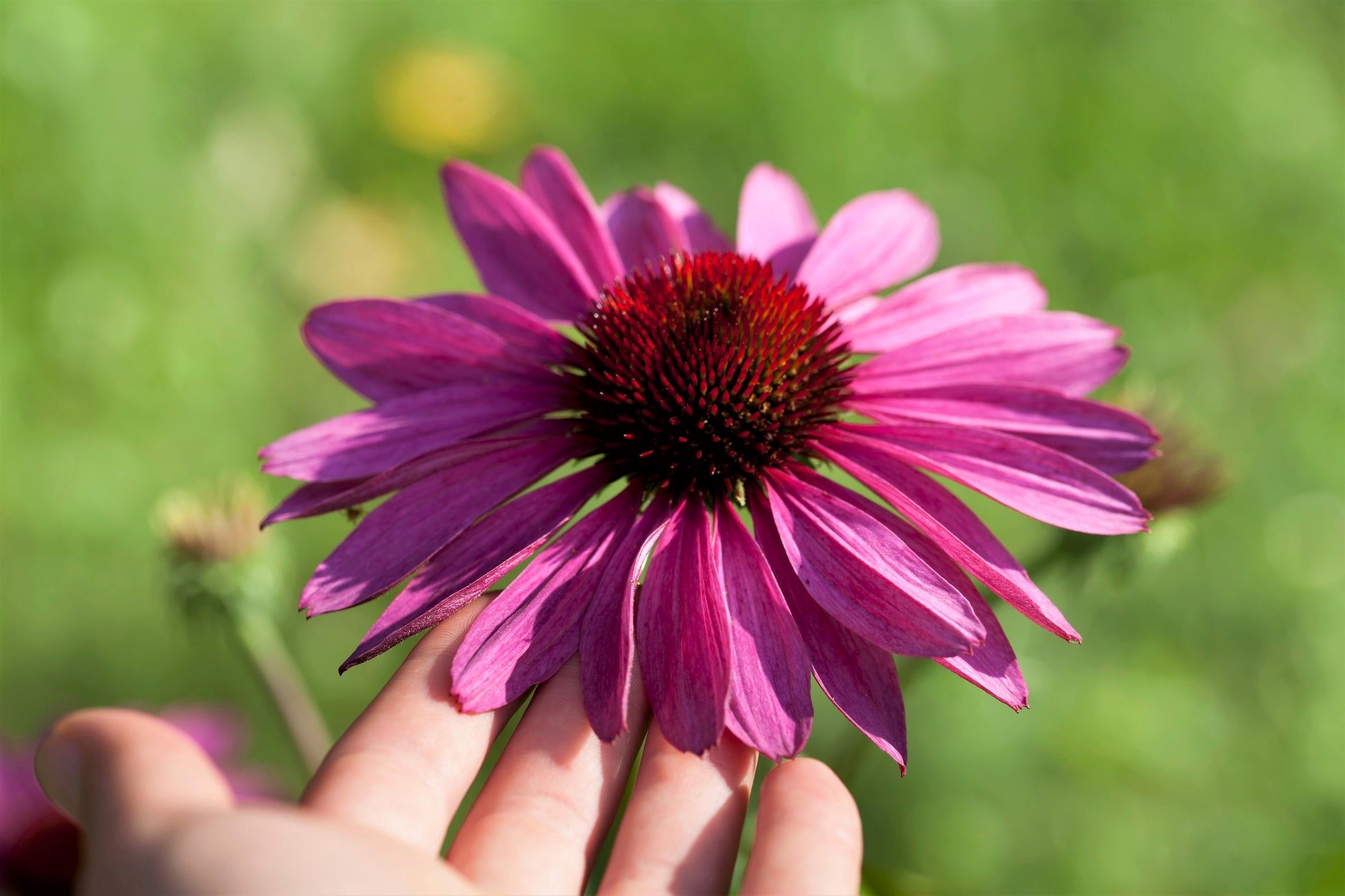
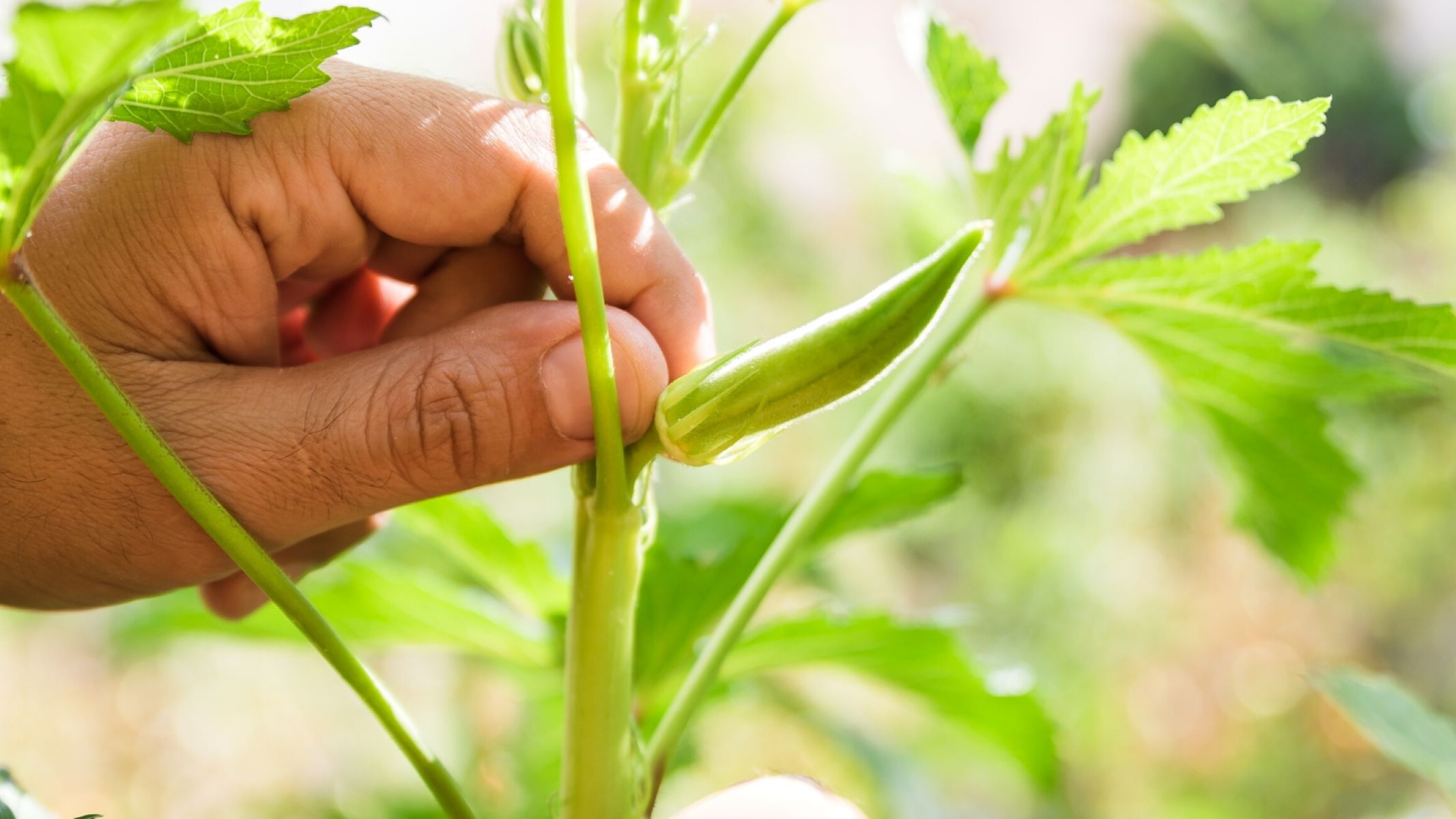
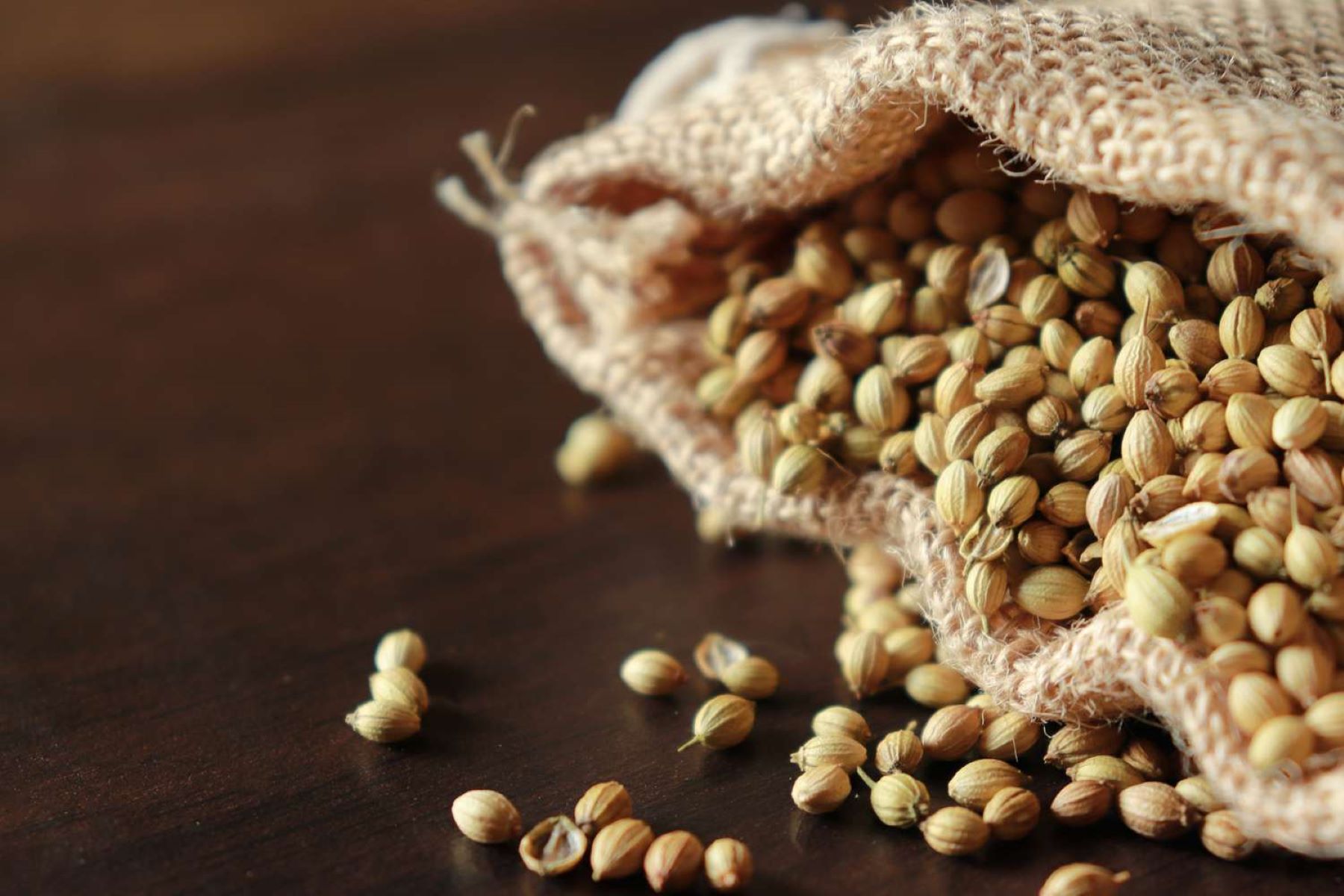
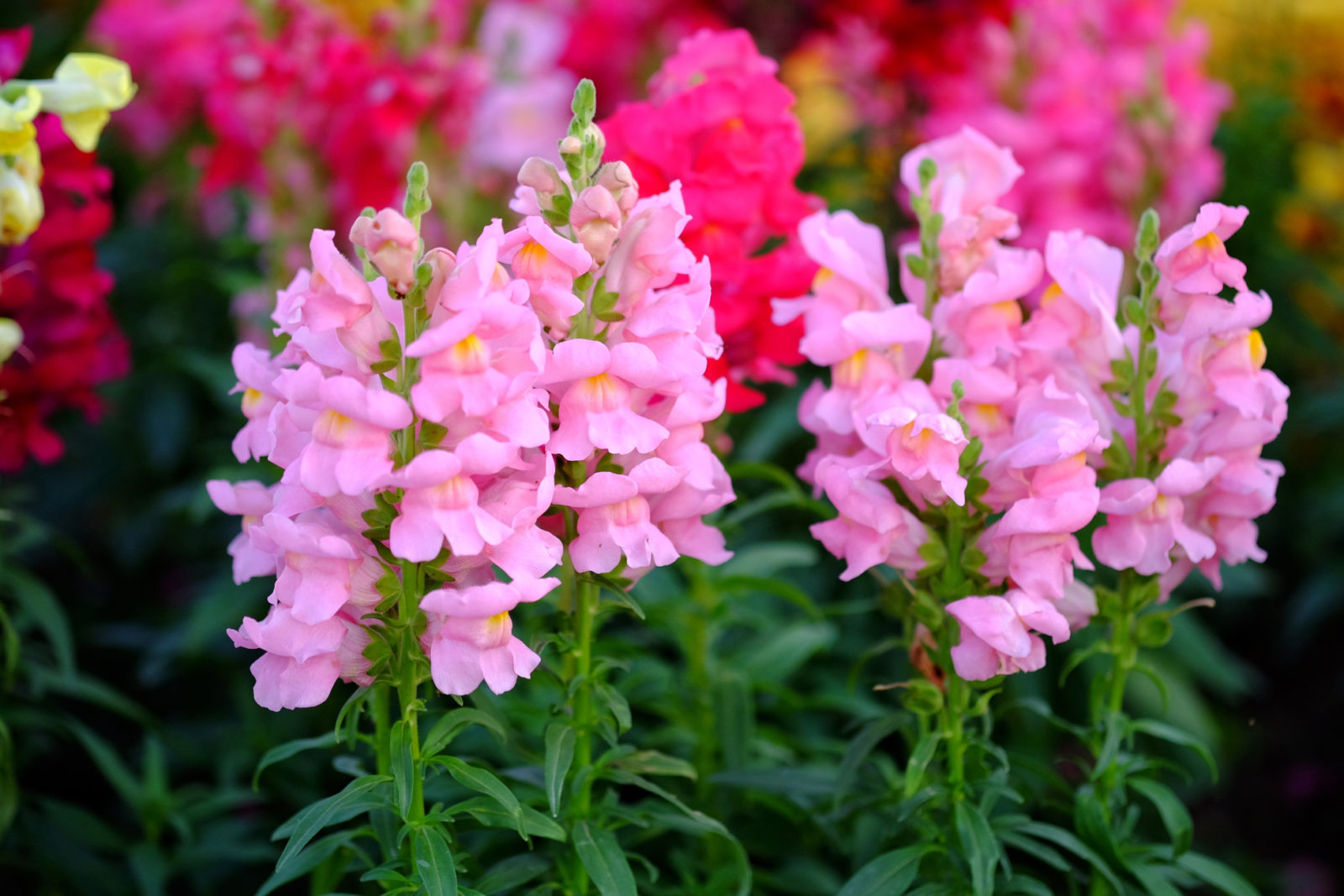
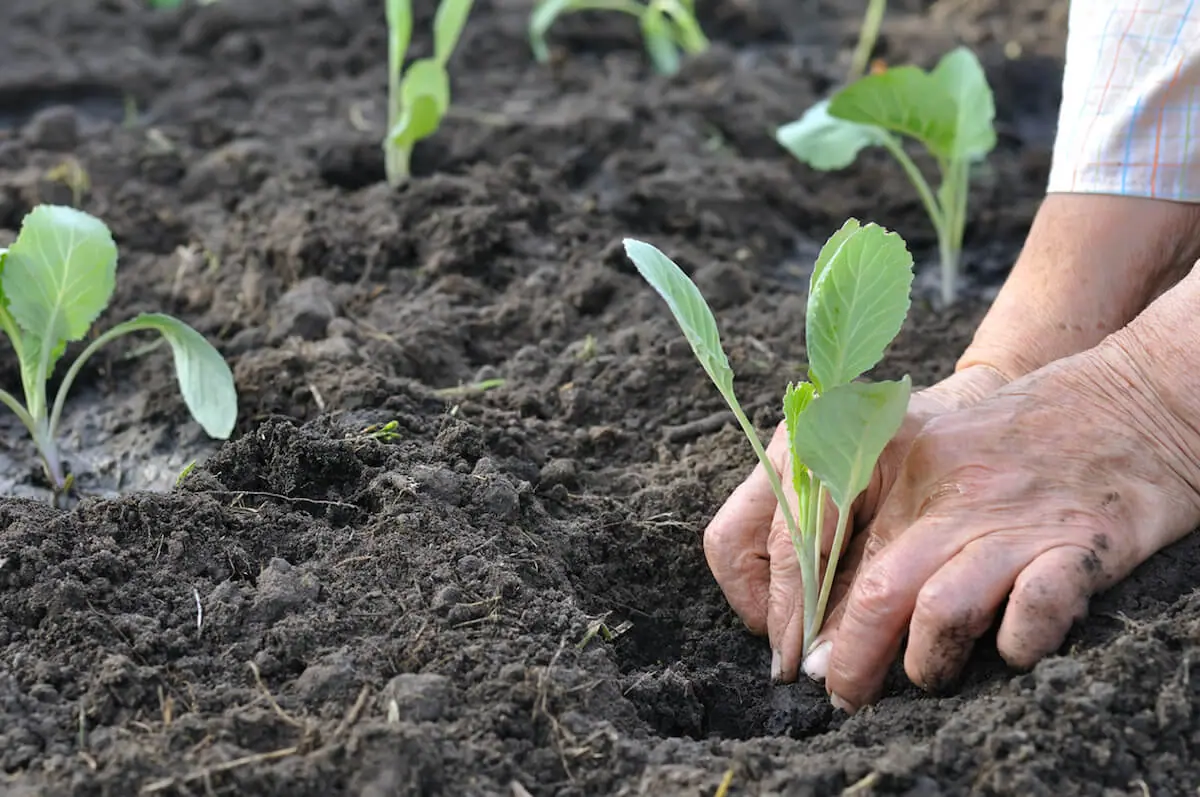
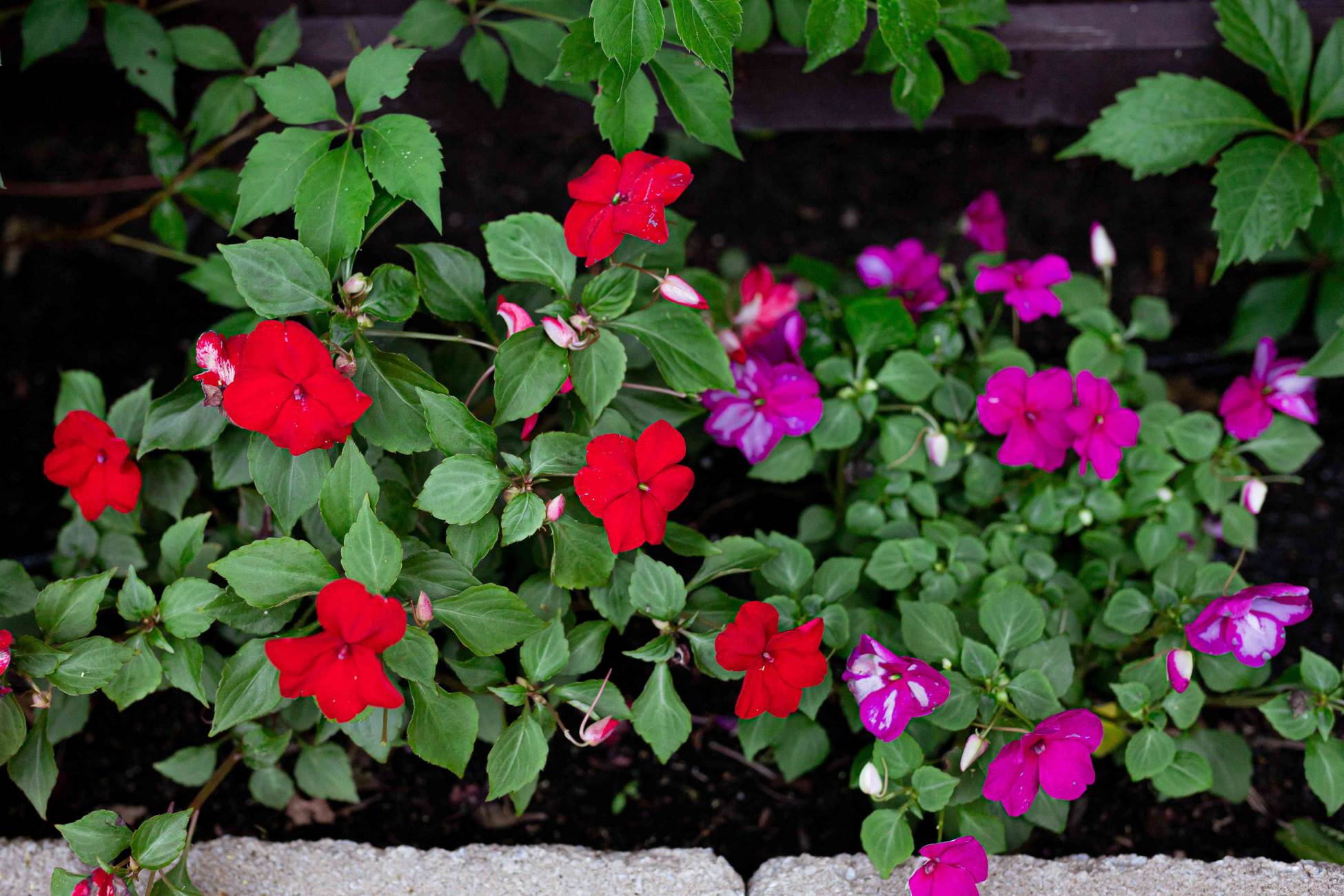
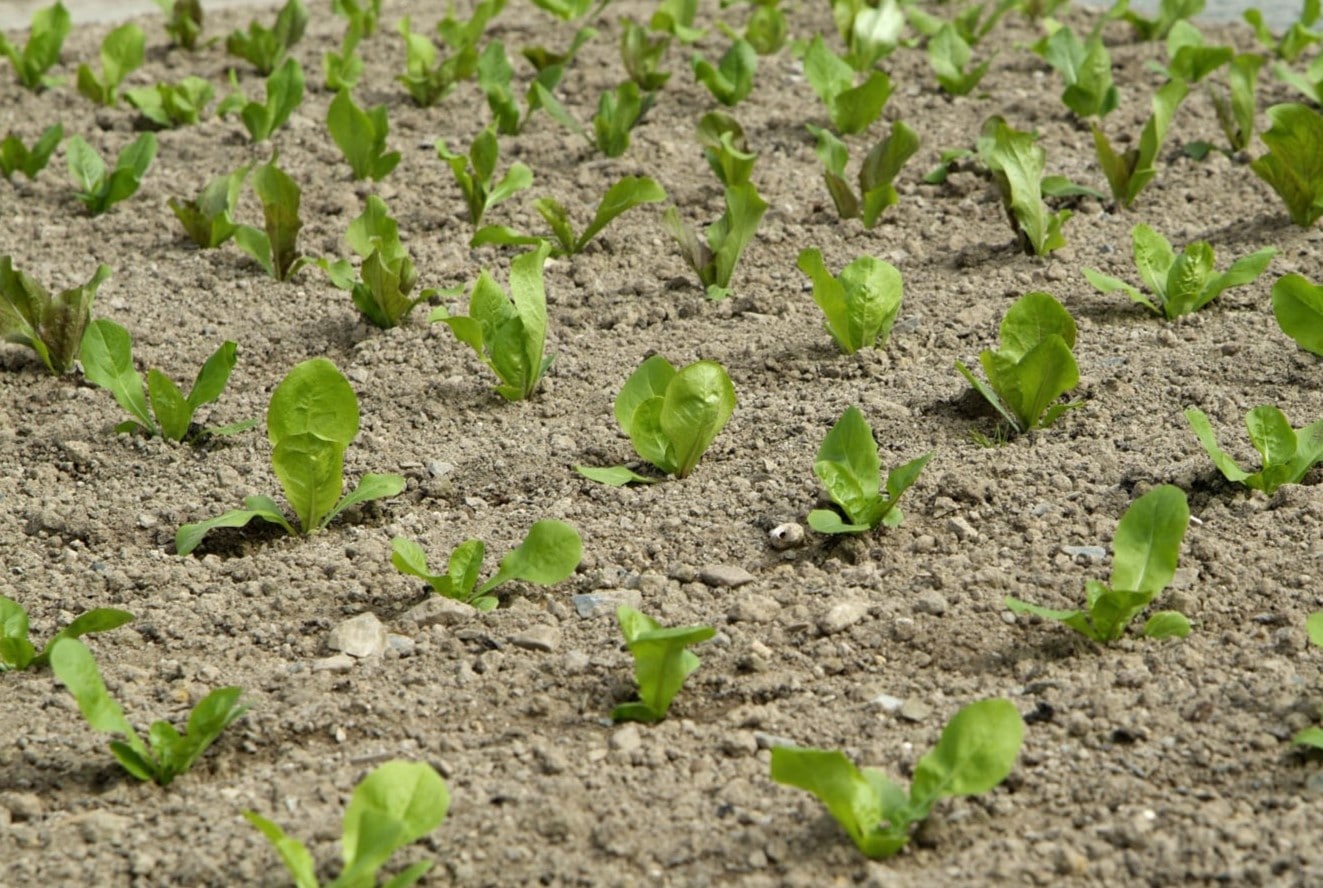
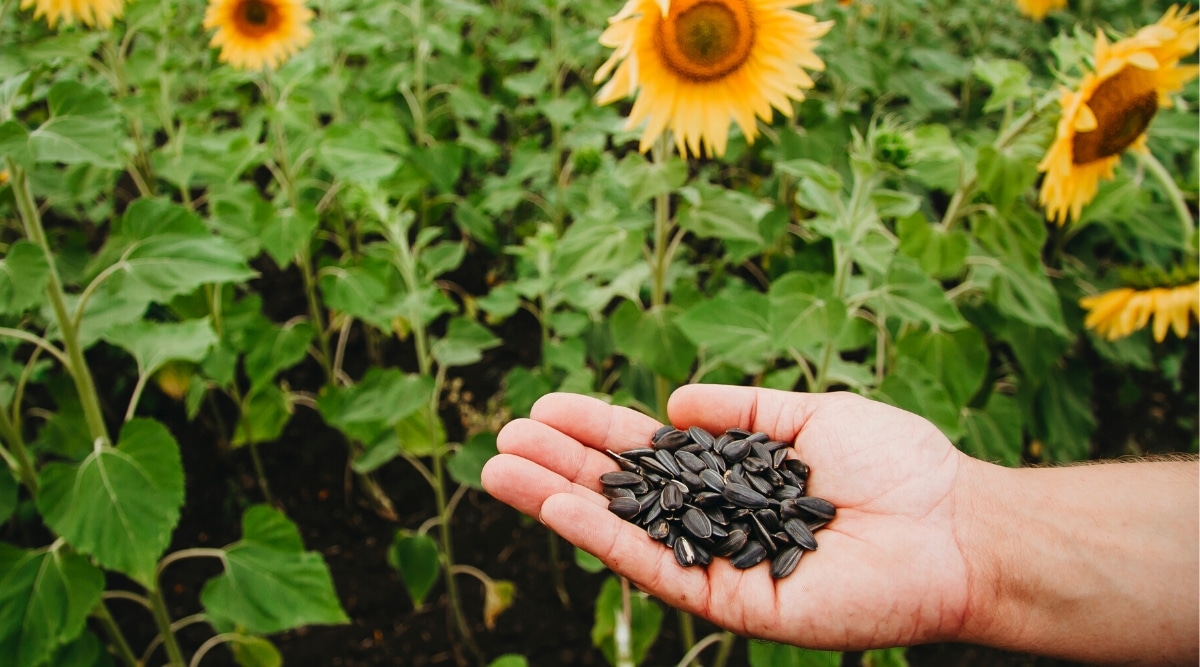
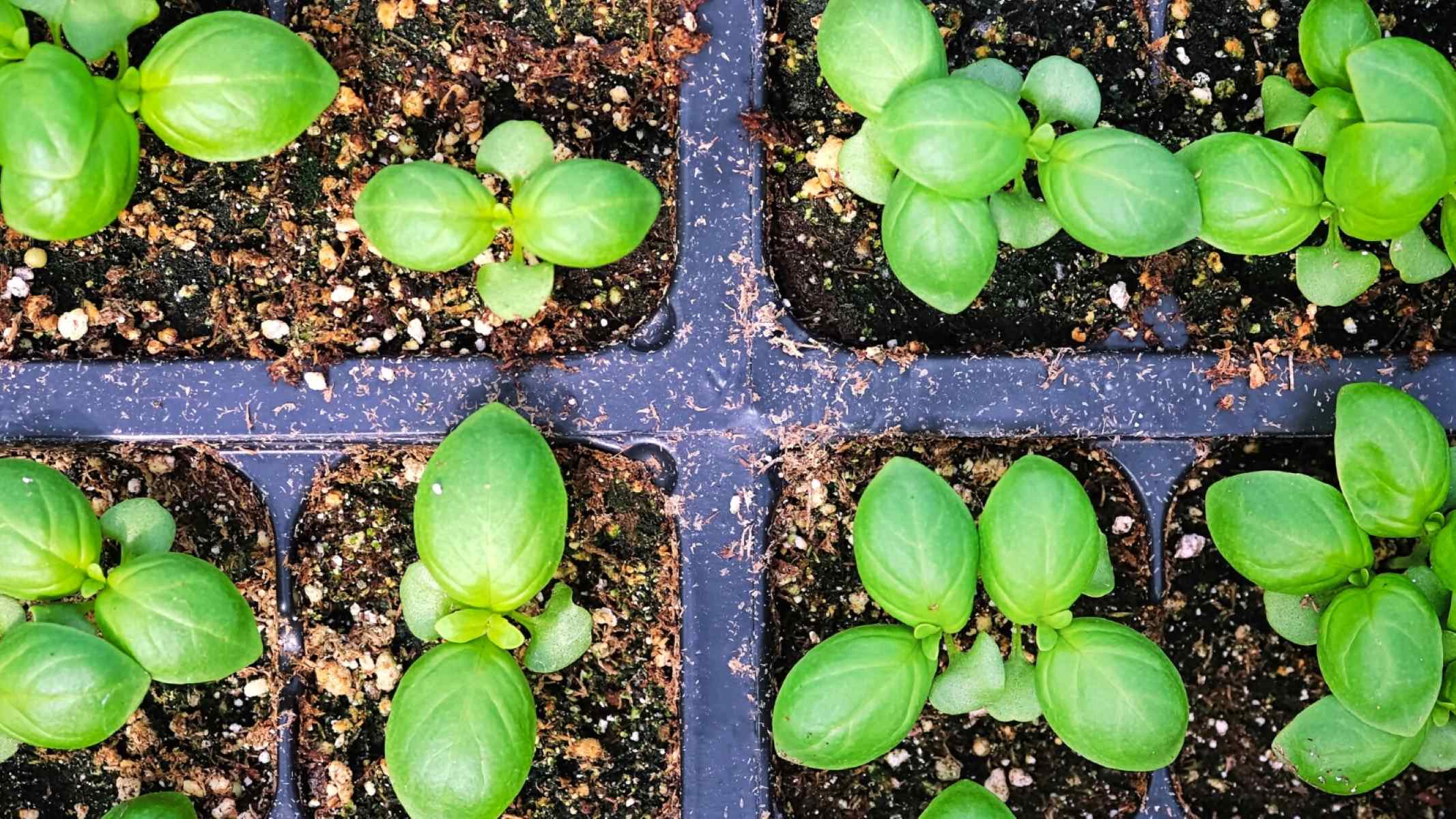
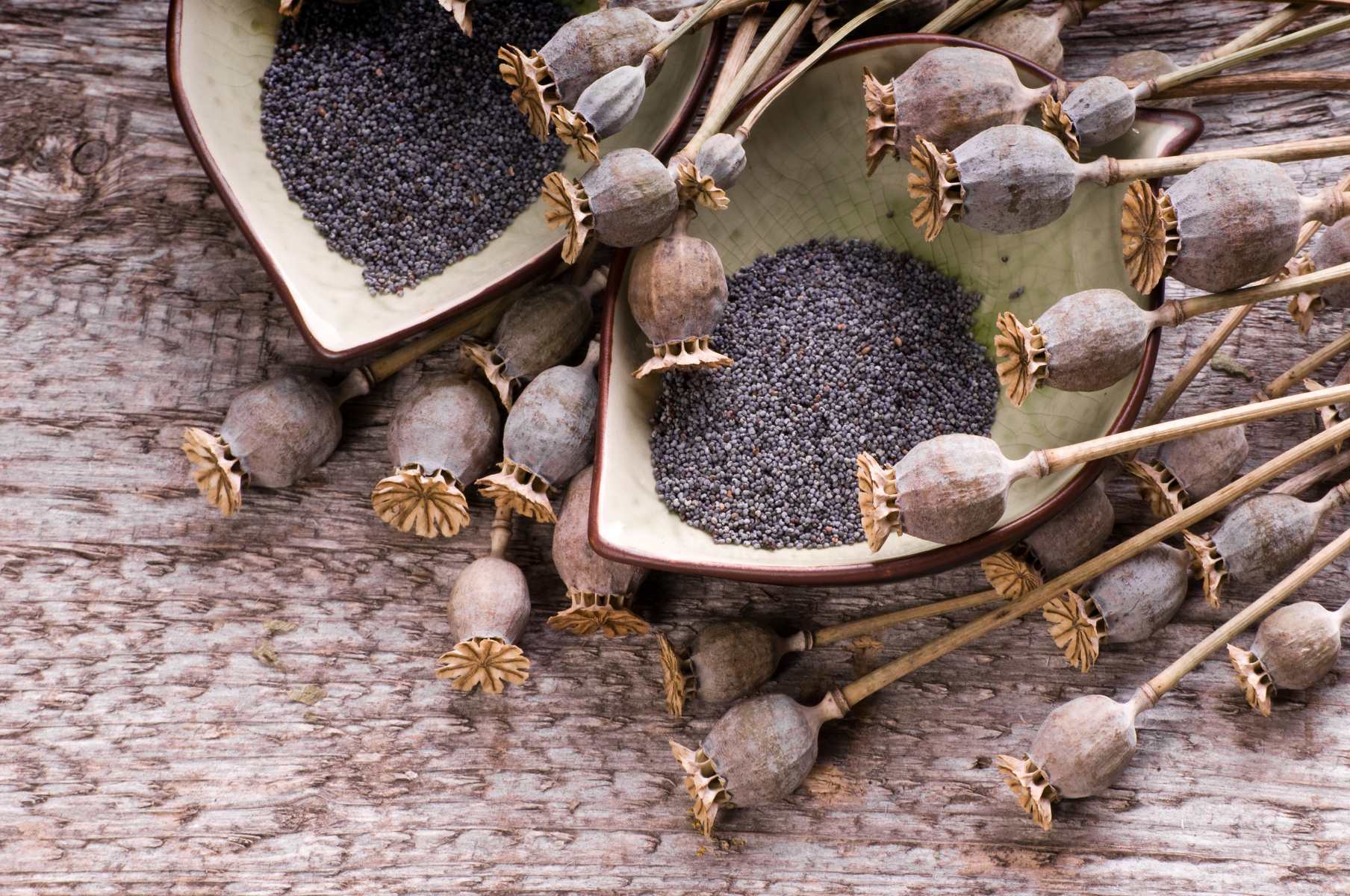
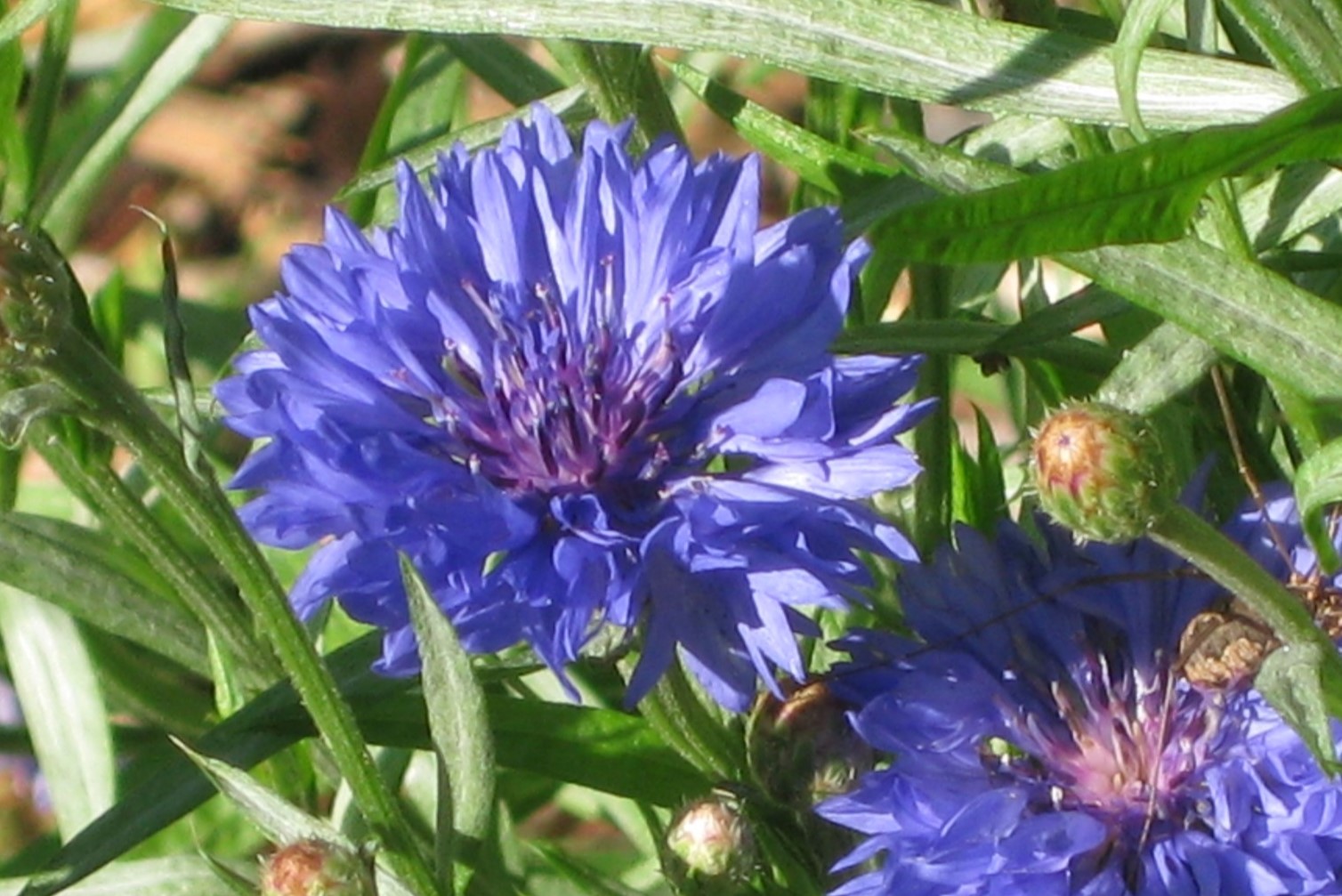
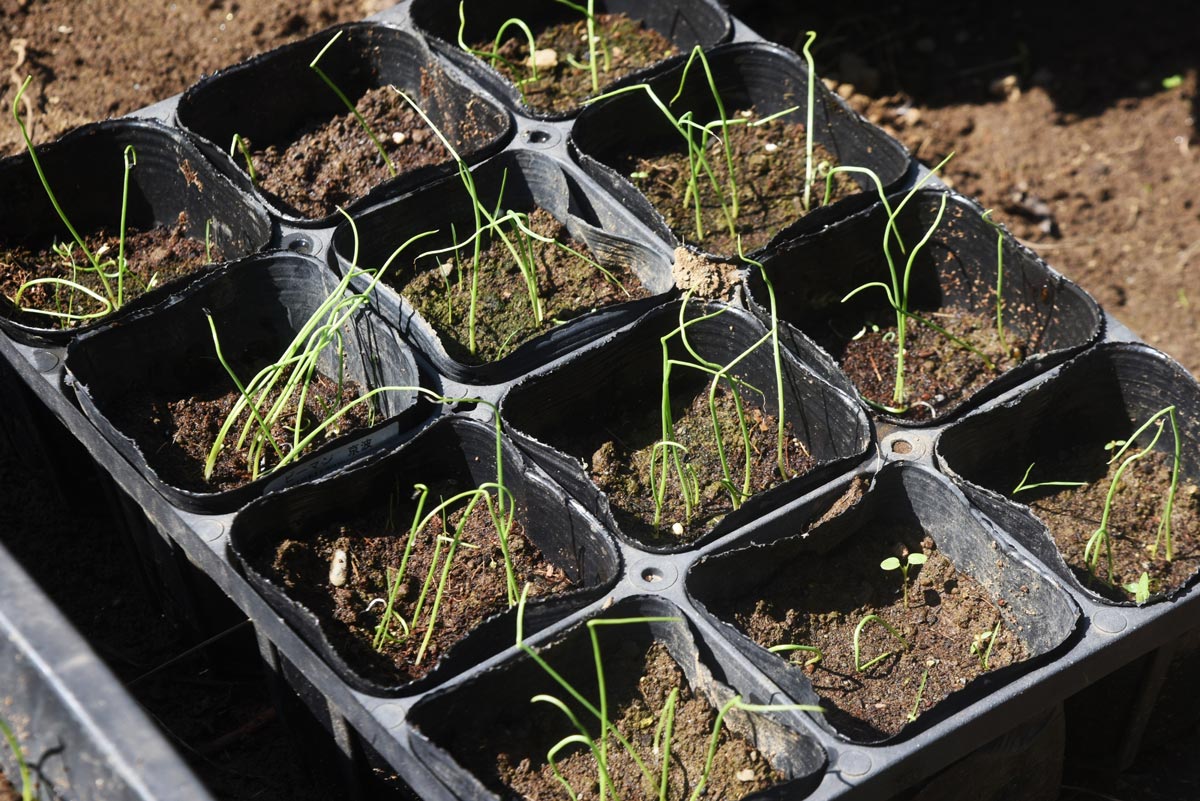
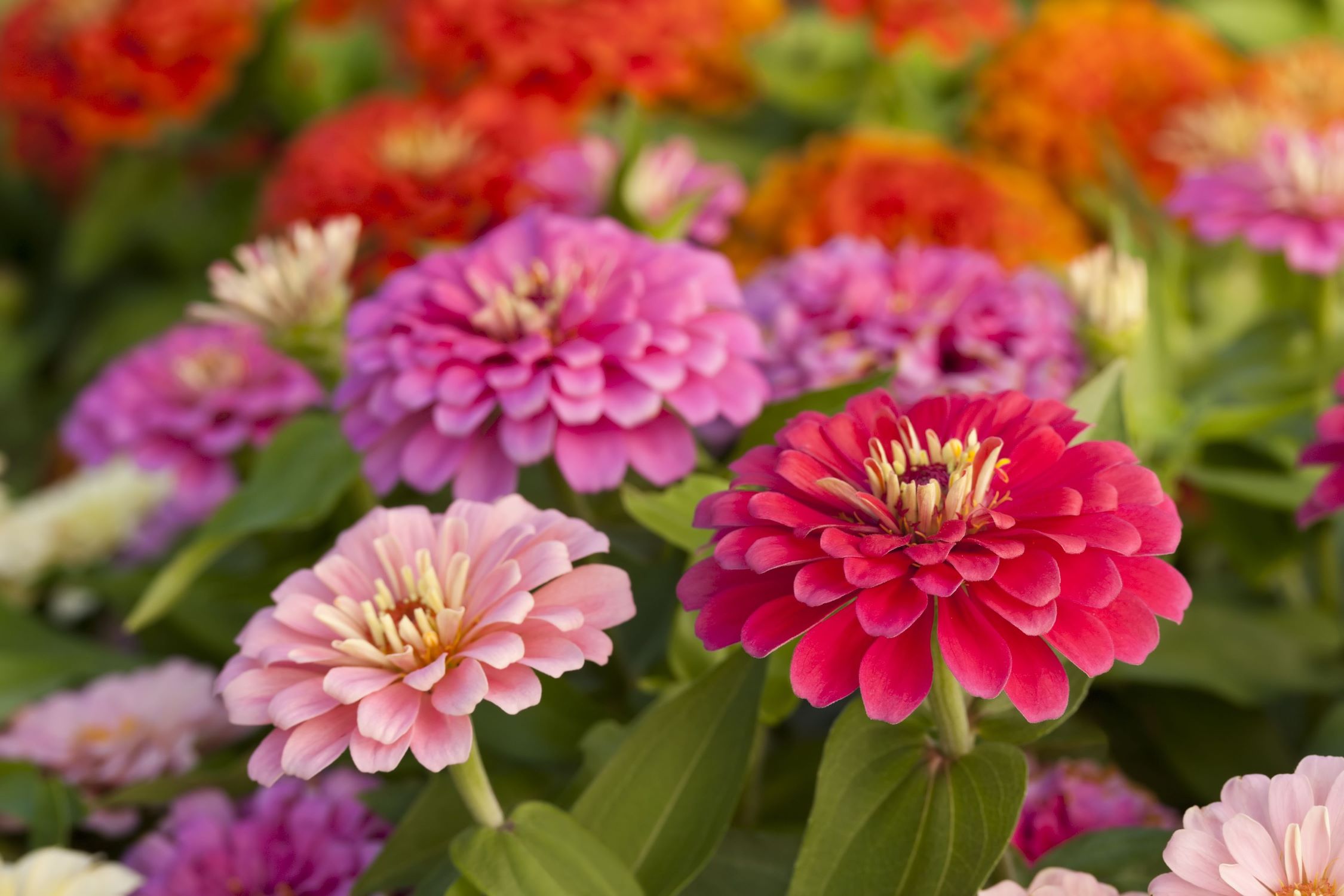

0 thoughts on “What Is Direct Sowing Of Seeds”